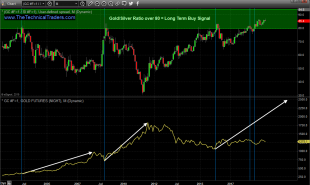
Summary
On June 28th Morgan Stanley published a 25-page report on the huge impact battery electric vehicles, or BEVs, will have on the market for cobalt, a scarce minor metal.
Morgan Stanley’s analysis models a gradual ramp from 1.1 million BEVs with 38 kWh battery packs in 2017 to 9.4 million BEVs with 47 kWh battery packs in 2025.
The model predicts modest supply and demand imbalances (±3%) from 2017 through 2022 followed by persistent supply deficits from 2023 on.
If you eliminate an unreasonable recycling fudge factor, however, the yearly supply deficits start at 5.4% of global refined cobalt production in 2017 and soars to 14.6% by 2025.
I believe that future cobalt prices will remain highly volatile and that without assured cobalt supplies Tesla may be hard pressed to make or buy enough batteries for its cars.
I was very excited when a reader sent me a copy of Morgan Stanley’s June 28, 2017, Commodity Matters report titled, “Cobalt Measured” because the executive summary explains:
"A lesser-known commodity play of the EV revolution is cobalt. Here, we look at the supply-demand dynamics of this tiny, opaque trade + pitch our first properly modeled price forecast."
Since I’ve been writing about the industrial metal challenges of alternative energy since 2010 and the importance of cobalt in high-energy lithium-ion batteries since 2016, I was like a kid in a candy store over an opportunity to compare my work with research and analysis from one of the best teams in the business.
Seriously, how cool is that?
After reviewing Morgan Stanley’s report in detail, my only criticism is that their model assumes battery recycling will make an important contribution to global cobalt supplies in the short- to medium-term. I believe that one assumption is unadulterated poppycock because:
- There are no proven, cost-effective and readily deployable technologies for recycling lithium-ion batteries into battery grade precursor materials.
- There are no large-scale lithium-ion battery recycling facilities and building out the necessary infrastructure from a standing start will be the work of decades; and
- If you believe the battery life claims of BEV manufacturers, there won’t be a reliable supply of homogeneous end-of-life BEV battery feedstock for at least another decade.
Read more by MarketSlant Editor







